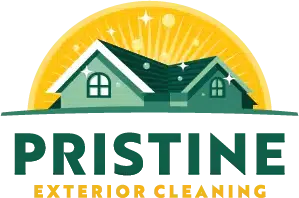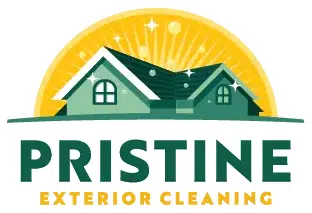How to Properly Clean Your Roof
The roof of your home plays a crucial role in protecting your family from weather and maintaining the proper temperature inside the house. A dirty roof can lead to a host of problems, including mold, mildew, and moss growth that can damage the structure.
Regular cleaning can prevent these problems and extend the life of your roof. Roof Cleaning removes stains and other unattractive marks that can reduce the curb appeal of your property. Read on to know more.
Pressure washing
The most popular method for roof cleaning is to use a pressure washer. However, a roof is not made to be subjected to high-pressure flows of water. High-pressure washing can damage roofs, dislodge granules from shingles, and even void the manufacturer’s warranty.
The best way to clean a roof is to use a soft wash technique. This method involves applying a cleaning solution that kills moss, mildew, and algae. It also helps to prevent regrowth for up to three years. This method is recommended by ARMA, the Asphalt Roofing Manufacturing Association.
Professionals will use a soap dispenser nozzle to apply the cleaning solution to the roof and work in small sections at a time. They will then rinse the solution off with a low-pressure washer, making sure not to damage the shingles or the surface underneath. This process also removes twigs, leaves, and other debris that can cause staining. This method is a cost-effective option for most homes.
Soft washing
Soft washing for roof cleaning involves a low-pressure spray and specialized chemical solutions. The cleaning solutions soak into the dirt, killing mold, mildew, bacteria, moss, and fungus before they are rinsed off. Unlike pressure washing, soft wash is safe for the paint and other protective coatings on your home’s exterior. It is also less likely to damage the shingles and render.
The cleaning solution used in soft washing contains bleach, surfactants, and odor removers. It also contains neutralizers that prevent runoff from harming plants and other materials around your home. The neutralizers also help the cleaner last longer.
The specialized cleaners used in soft washing can also be applied to walls, decks, and patios to keep them clean. It helps extend the life of these surfaces and prevents the growth of harmful organisms that can harbor allergens. It can even improve energy efficiency by removing organic growths that absorb heat. This can significantly reduce your power bills.
Chemical cleaning
Chemical cleaning employs specific biocides to tackle organisms like moss, algae, and mildew that can deteriorate shingle roofing materials over time. This method of roof cleaning typically doesn’t cause physical damage to the surface and can be quite thorough. However, the use of chemicals poses environmental and safety concerns and requires careful handling to prevent harming plants and other animals.
Many roof cleaners use chlorine bleach mixed with various surfactants, phosphoes, and odor-masking fragrances. The result is a haphazard formula that doesn’t provide the reliability, consistency, or safety of industrial bleach. It also releases intense chemical vapors that drift for blocks and expose nearby residents and pets to harmful substances.
Other chemicals used in chemical roof cleaning include sodium hypochlorite and eco-friendly sodium percarbonate. Unlike sodium hypochlorite, sodium percarbonate doesn’t need to be rinsed off and stops its carbonated activity as soon as it combines with water. Preston roof cleaning contractors who make it a point to use green products opt for this chemical.
Clog removal
Clogged roof drains can cause water to back up on the roof or into the building, resulting in leakage and structural damage. Regular cleaning prevents this and extends the lifespan of your roof.
Using a ladder, climb over to the roof and examine the drain for any visible obstructions. If you can’t spot any problems, try flushing the drain by feeding a sewer jetter through the roof vent (a Needle Nose drain cleaner is ideal for this). If you don’t feel any suction, have an assistant hold the hose up to the outlet pipe and flush it while you stand nearby to see if you can feel any suction.
Chemical washing targets algae, moss, mildew, and lichen growth while also dissolving dirt and grime. It requires less pressure than a high-pressure wash and is safer for more delicate roofing materials like shingles. A solution of chlorine bleach and water, as recommended by the ARMA, is effective for killing living organisms while also being safe for most roofing materials. Click here for more interesting articles.








